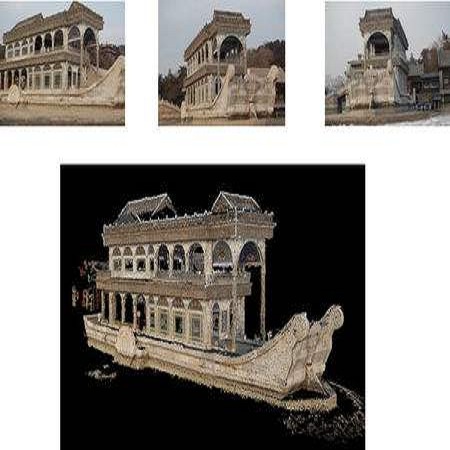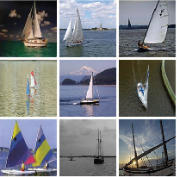Deep learning-based object reconstruction algorithms have shown remarkable improvements over classical methods. However, supervised learning based methods perform poorly when the training data and the test data have different distributions. Indeed, most current works perform satisfactorily on the synthetic ShapeNet dataset, but dramatically fail in when presented with real world images. To address this issue, unsupervised domain adaptation can be used transfer knowledge from the labeled synthetic source domain and learn a classifier for the unlabeled real target domain. To tackle this challenge of single view 3D reconstruction in the real domain, we experiment with a variety of domain adaptation techniques inspired by the maximum mean discrepancy (MMD) loss, Deep CORAL, and the domain adversarial neural network (DANN). From these findings, we additionally propose a novel architecture which takes advantage of the fact that in this setting, target domain data is unsupervised with regards to the 3D model but supervised for class labels. We base our framework off a recent network called pix2vox. Results are performed with ShapeNet as the source domain and domains within the Object Dataset Domain Suite (ODDS) dataset as the target, which is a real world multiview, multidomain image dataset. The domains in ODDS vary in difficulty, allowing us to assess notions of domain gap size. Our results are the first in the multiview reconstruction literature using this dataset.
翻译:深层学习对象重建算法在古典方法上表现出显著的改进。 然而, 当培训数据和测试数据分布不同时, 受监督的基于学习的方法表现不佳。 事实上, 多数当前工程在合成形状网数据集上表现令人满意, 但在展示真实世界图像时却大失所。 为了解决这个问题, 可以在标签合成源域中应用未经监督的域适应技术, 从标签合成源域中传授知识, 并学习未标记真实目标域的分类器。 为了应对在真实域中单一视图 3D 重建的挑战, 我们实验了由最大平均值差异( MDD) 损失、 Deep CORAL 和域对称神经网络( DANN) 所启发的各种域适应技术。 我们从这些结果中还提议了一个新的架构, 利用这个设置, 目标域中的目标域中, 目标域数据数据对 3DF 不受监督, 但是对类域进行监管。 我们的框架以一个名为 pix2vox 的网络为基础。 以 ShapeNet 作为源域和域中的最大源域域和域域, 将数据数据库(ODDDDDDDSD) 用作目标域中的第一个域的多域中的数据定义。



